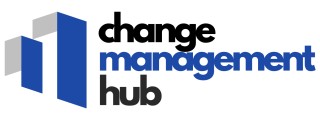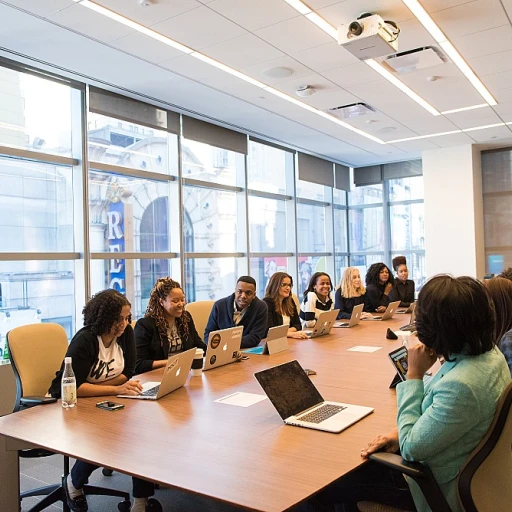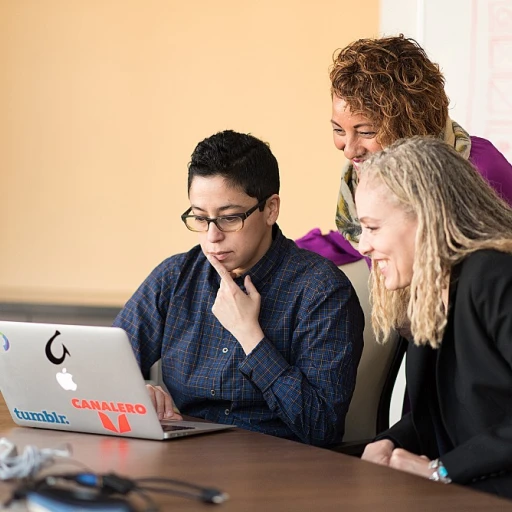
Understanding Action Learning
Diving into the Basics of Action Learning
Action learning, an innovative approach introduced by Reg Revans, is an impactful process that combines problem-solving with real-time development. It emphasizes the importance of group dynamics and engaging the team for practical business solutions. This methodology is rooted in the idea that people learn best from tackling real problems in collaborative settings. The key component of action learning is the learning set, a small collective often comprised of students or diverse team members. Each individual shares their unique perspectives and expertise, contributing to a well-rounded and robust discussion. These learning sets focus on exploring questions rather than jumping to solutions. By fostering a culture of insightful questioning and reflective listening, action learning challenges the status quo. This learning process equips participants with new skills that enhance both personal and professional growth. It transforms how businesses view development, ensuring a lasting impact on both the individuals and the organization as a whole. The methodology can be applied in various settings, from corporate environments in bustling cities to more intimate instructional design programs. As the group tackles an action problem, they enhance their problem-solving skills, all while under the guidance of a learning coach. For organizations looking to implement these learning systems, the action learning program offers a structured path towards effective change management. To deepen your understanding of this transformative approach and explore its foundational principles, you can refer to our detailed exploration of primary roles in change management.Key Principles of Action Learning
Unveiling the Foundations of Action Learning
Action learning operates on key principles that blend problem-solving and personal development within a team environment. At its core, this learning model is distinguished by its emphasis on the collective action process, which contrasts with traditional instructional design. Central to action learning is the formation of a learning set—a group, or team, comprised of individuals working collaboratively to tackle real-world problems. These set members engage in insightful questioning and reflective listening, which are crucial components of the learning process. Such elements foster a conducive environment for transformative learning experiences, as members explore problems together, enhancing their skills over time. This group dynamic cultivates a unique learning action environment—one where learners are not just passive recipients of information but active participants in problem-solving. The impact on personal and professional development is significant, as team members learn to navigate complex business challenges. The learning coach plays an essential role, guiding the process and ensuring that group interactions yield maximum learning benefits. By facilitating discussions and directing the focus on practical solutions, the learning coach helps teams develop effective strategies to overcome obstacles. Moreover, action learning is deeply rooted in problem-based learning, where the problem action cycle involves posing questions and drawing insights from each set member's perspective. This approach, championed by pioneers like Reg Revans, highlights the power of questions over immediate answers and underscores the importance of learning systems in fostering continuous improvement. To understand more about how common and special causes affect change management, dive into the details in the understanding the stages of change worksheet.Benefits of Action Learning in Change Management
Reaping the Rewards of Action Learning
The integration of action learning in change management initiatives offers substantial advantages to any organization aiming to navigate transformation effectively. The very nature of action learning, rooted in process-action-focused methodologies, facilitates robust problem-solving capabilities within teams. Through the establishment of a dedicated learning set, organizations can leverage collective intelligence to address complex challenges.
One of the key benefits lies in the development of skills among set members. As students of this approach, participants engage in reflective listening and insightful questioning, fostering an environment conducive to continuous learning and growth. This learning model not only hones individual capabilities but also enhances team dynamics, as associates learn to navigate group dynamics and arrive at cohesive solutions.
Implementing action-learning sets allows for a structured yet flexible problem-action mechanism where team members identify and tackle pressing business problems. By following the principles set by pioneers such as Reg Revans, the process encourages a deeper understanding of the problem, paving the way for innovative solutions.
Moreover, the impact of these interventions is manifested across various dimensions, from skills development to operational efficiencies. Cities undergoing revitalization efforts and businesses embarking on digital transformations alike can benefit from the tailored action programs woven into the organizational fabric. The time invested in action learning fosters a culture of empowerment, where problem-solving is a collaborative pursuit, rather than a solitary burdensome task.
Organizations employing this methodology also experience an evolution in their instructional design systems. The collaborative framework of action learning integrates seamlessly with existing learning systems, introducing new perspectives and reinforcing strategic goals.
For those interested in exploring the broader implications and results of such initiatives, our discussion on the impact of corporate service corps on change management provides valuable insights.
Implementing Action Learning in Your Organization
Steps to Integrate Action Learning into Your Organization
Implementing action learning in a business requires a strategic approach that aligns with the organization's goals. Here's how you can successfully integrate this dynamic learning model:
- Assemble a Diverse Learning Set: Begin by forming a learning set that consists of members from varied backgrounds and expertise. The diversity within the group encourages varied perspectives, enhancing the problem-solving process.
- Establish Clear Objectives: Setting clear goals is crucial. Define what you aim to achieve through the action learning process. Having a well-articulated purpose guides the learning set and keeps the focus on solving the central problem.
- Incorporate a Learning Coach: A learning coach plays a vital role in facilitating reflective listening and insightful questioning. This ensures that the learning process remains effective and that set members are guided appropriately. The coach acts as a catalyst in the development of skills crucial for personal and professional growth.
- Adopt the Reg Revans Methodology: Reg Revans' approach emphasizes solving real business challenges through cycles of reflection and action. Encourage participants to actively engage in the action problem, apply their learnings, and adapt strategies accordingly.
- Embrace the Learning Systems Approach: Ensuring integration with existing learning systems within your organization strengthens the overall effort. This allows the action learning program to not only stand alone but also complement other instructional design initiatives.
- Monitor and Evaluate Impact: Continually assess the team's progress and impact on the organization's objectives. Use reflective sessions to refine methodologies, enhance the learning set's efficiency, and address any challenges promptly.
By embedding action learning into the organizational culture, businesses can cultivate an environment that thrives on problem solving and continuous development, leading to meaningful progress over time.
Challenges and Solutions in Action Learning
Overcoming Hurdles in Action Learning Initiatives
Implementing action learning in an organization is not without its challenges, yet understanding these obstacles is crucial to successfully driving change initiatives. While the benefits of action learning such as fostering team collaboration and enhancing skill development are significant, leaders often grapple with integrating this approach within existing business systems.
Resource Constraints and Time Limitations
A common issue is the limited time and resources dedicated to action learning. Organizations must allocate sufficient time for team members to engage fully in the process and ensure there are adequate resources to support the learning action activities. This may involve prioritizing projects and scheduling dedicated hours for learning sets to meet and work on problem-solving tasks effectively.
Aligning Organizational Culture
Another challenge is aligning the action learning process with the organizational culture. Employees may initially resist the change, particularly in environments where traditional approaches have been deeply ingrained. To mitigate this, it's essential to integrate reflective listening and insightful questioning as core values, encouraging openness to new ideas and methods.
Facilitating Effective Learning Sets
The facilitator, often known as a learning coach, plays a pivotal role in guiding the learning program. However, they may face challenges in managing diverse set members, varying levels of engagement, and different skill sets within a learning group. Facilitators need to be adept in instructional design and harness the power of the learning model to keep the momentum going.
Handling Complex Problems and Dynamic Environments
Action learning revolves around real-world problem-solving, which means dealing with complex issues that don't have straightforward solutions. The unpredictable nature of such problems in rapidly evolving industries or cities can impact the action learning process. Organizations must remain adaptable, continuously iterating the action problem exercises to ensure relevance.
By anticipating these hurdles and crafting solutions in the initial stages, organizations can set the foundation for a successful action learning program, ultimately leading to meaningful improvements in business outcomes and development initiatives.













